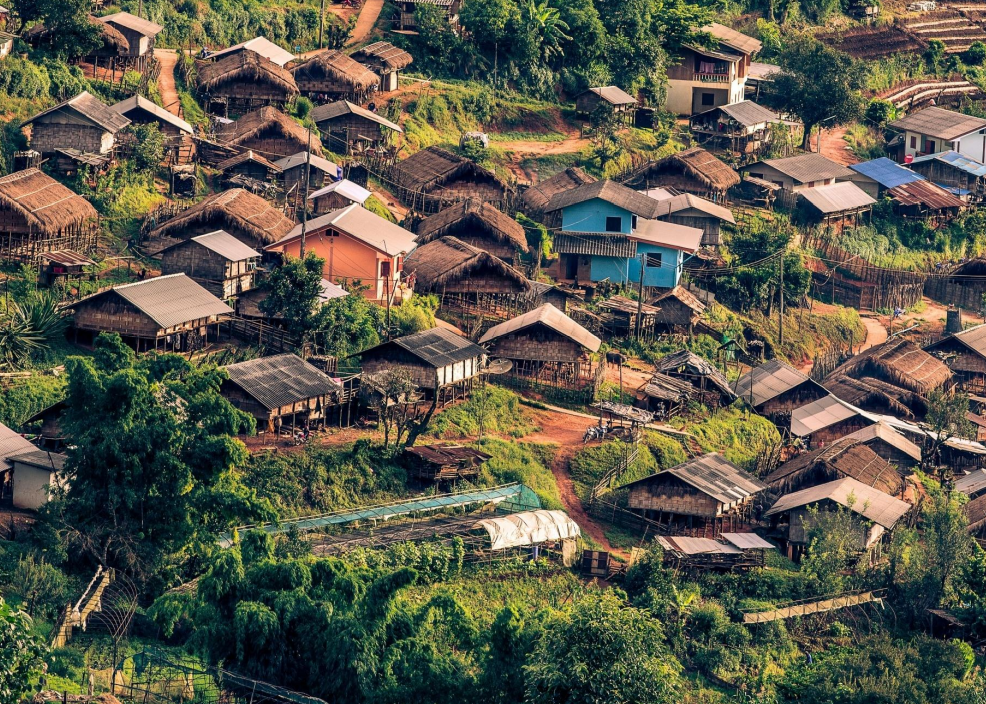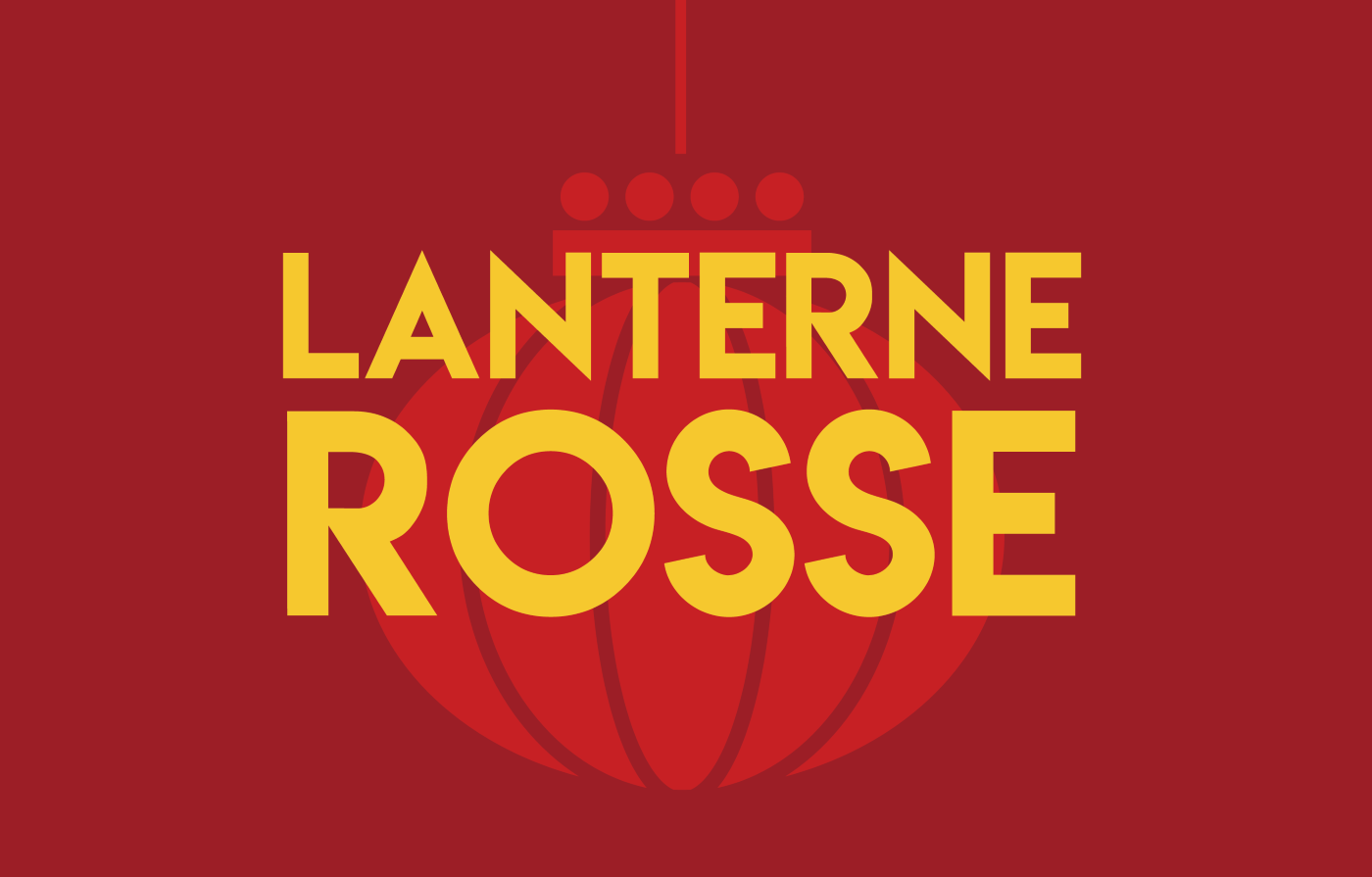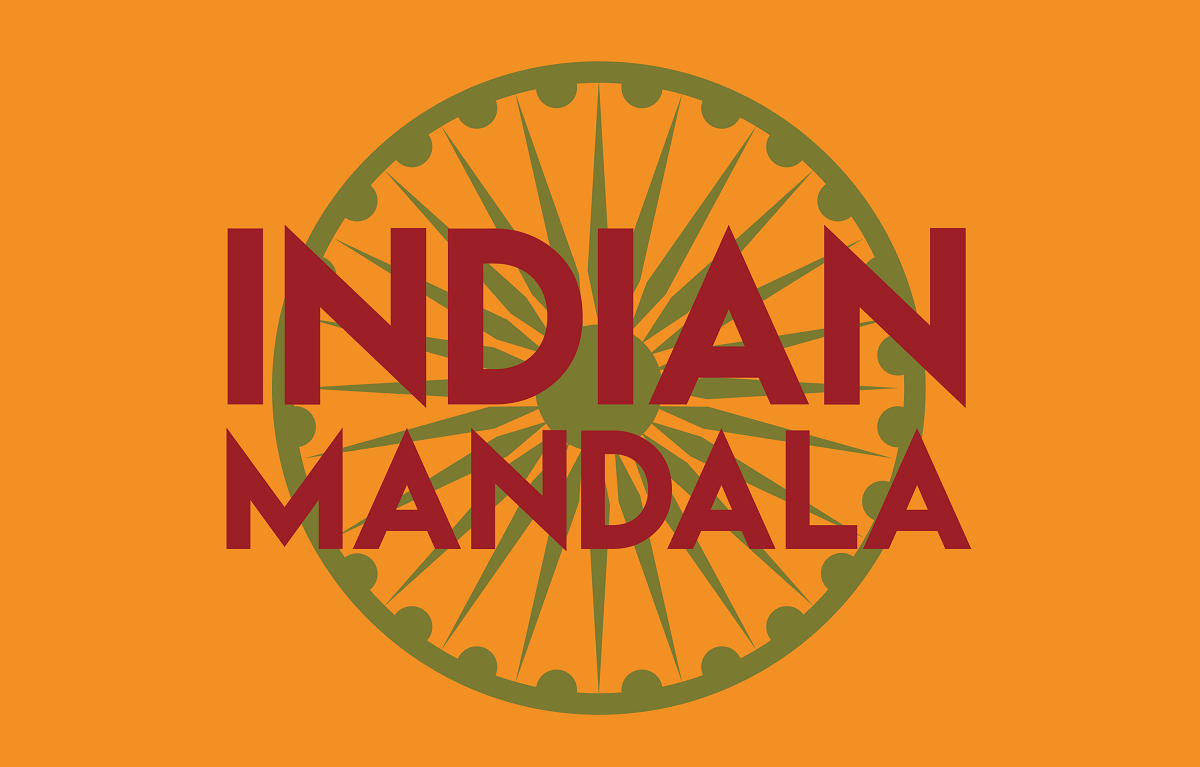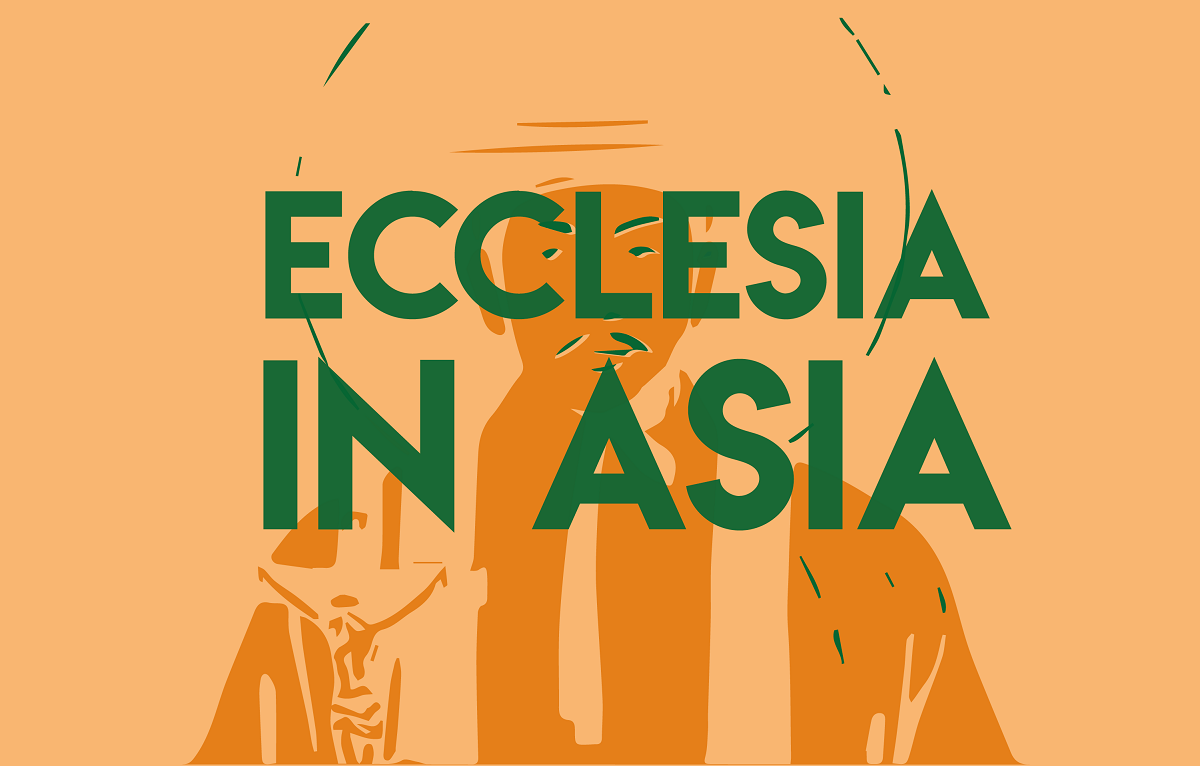The latest lie, Thailand's Indigenous people blamed for climate change
A new report by the Asia Centre highlights how fake news and phoney arguments have turned Thai public opinion against Indigenous groups (most of whom are not officially recognised by the Thai government), leading to the belief that their traditional practices are an obstacle to forest protection. In fact, the evidence shows exactly the opposite, with the responsibility squarely on business groups, despite their greenwashing attempts.
Milan (AsiaNews) – In Thailand, climate misinformation is increasingly used to force Indigenous populations off their lands, this according to Climate Disinformation in Thailand: Negating Indigenous Peoples' Identity, a report released last month by the Asia Centre.
The study shows how, starting from a legitimate need, the urgency of combating the climate crisis, in particular deforestation, a chain of actions is disproportionately impacting the rights of Indigenous communities.
This has happened because environmental information is distorted through disinformation (intentionally false information with the aim of misleading) and malinformation (accurate, but partial information, deprived of its critical context), which place the blame for the emergency on Indigenous communities.
Public acceptance of these narratives has provided room for more restrictive measures by authorities, ranging from criminalisation through restrictive laws, to intimidation, and even physical violence against Indigenous groups.
In practice, climate disinformation creates a vicious cycle, leading public opinion to blame Indigenous peoples, thus generating a social licence for even more repressive state responses.
Thailand's population numbered 66 million in 2024 with some 10 million (one in 7 people) belonging to one of about 60 Indigenous groups distributed across the country but most of whom are not officially recognised.
Indigenous groups mainly inhabit three areas: In the northern highlands, nine officially recognised hill tribes (chao khao) practice rotational agriculture and engage in animist rituals intertwined with Buddhism or Christianity. In the North-Eastern lowlands groups like Kuy and the North Khmer engage in farming. In the south, seafaring nomads (Chao Ley) continue to depend on the sea for their survival, while the Maniq hunter-gatherers live in the Titwangsa and Banthat mountains owing their existence to their deep bond with the forest.
This substantial part of the country’s population has a visceral connection to the environment, often religious in nature, and draws all their sustenance from it.
Although they represent a substantial part of the Thai population, 95 per cent are not legally recognised as Thai citizens resulting in their marginalisation; because of a widespread belief among majority Thais that Indigenous peoples are not Thai, with their claims perceived as threats to national security.
Meanwhile, deforestation in the country goes on, despite multiple legal steps taken to stop it, the Global Forest Watch reports.
Thailand is committed to international treaties like the 2016 Paris Agreement, while at home, climate change governance got an important boost, especially between 2014 and 2019, when the country was ruled by the military junta after forest protection was militarised with the army granted the power to reclaim illegally occupied forest areas.
The latter meant, in practice, the eviction of Indigenous communities from the lands they had inhabited for generations, considered "illegally occupied”" because they lived within the boundaries of newly protected areas.
Since 2019, with the transition from the military junta to a “civilian” government (led for years by former General Prayut Chan-o-cha), existing procedures and objectives were maintained, partially thanks to inherent contradictions in the legislation itself.
For example, the Community Forest Act (2019) promises to involve local communities in forest management; however, the National Parks Act (2019) effectively overrides this, expanding protected areas and imposing harsher penalties on those who live or work within them.
It follows that Indigenous communities can only inhabit forests outside protected areas, far less than the land they occupied in the past.
The report goes on to look at climate disinformation in detail outlining four types. The first concerns partial truths – real but selectively presented facts that omit the negative impacts of state policies and business activities.
The second refers to greenwashing, where "green" marketing strategies mask economic practices that continue to harm the environment, followed by false climate solutions that hide the rising use of fossil fuels.
Last but not least, in a series of distorted narratives, Indigenous communities are portrayed as threats to nature rather than as its custodians. To this end, government projects and corporate initiatives are presented as progressive, while Indigenous people are relegated to the role of backward and harmful obstacles.
Disinformation is also the result of the crisis in the information sector which has pushed local media to cut some sections deemed "non-essential" in favour of economic and political news. This has resulted in a lack of journalists specialised in climate issues and superficial coverage, often by non-experts.
This crisis is reflected in the media attacks on Indigenous communities, accused of harming forests and worsening the climate crisis.
Case in point, at a press conference in 2020, a government official said that 99 per cent of forest fires in Chiang Mai between 2019 and 2020 were caused by traditional Indigenous agricultural practices.
In fact, studies by the University of Warwick show that protected areas are more prone to forest fires when they are located far from Indigenous communities.
In Pa Pae, a Karen village in Doi Chang (Lamphun Province), a local leader led a group of young volunteers to fight fires, installing a homemade water spray system and working in 12-hour shifts to contain the blaze. Their action saved large swathes of forest, but this type of information rarely finds itself into the mainstream media.
By and large, climate misinformation legitimises anger against Indigenous communities even though the Thai government formally renewed its commitment to their protection.
On 11 September, the lower house of the Thai Parliament passed the first reading of an amnesty bill aimed at rehabilitating those who were unjustly criminalised by former Prime Minister Prayut's militarised and nationalist forest clearance policies.
A week later, the Protection and Promotion of the Way of Life of Ethnic Groups Act (2025) was gazetted. It is designed to protect minority cultural traditions and lifestyles; however, but the beneficiaries are legally defined as “ethnic groups", not "Indigenous peoples", thus excluding them from internationally recognised rights.







.png)










